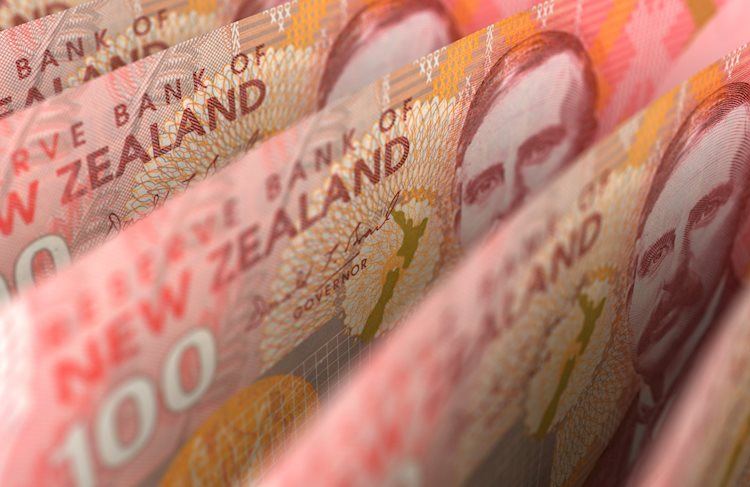The NZD/USD pair has drifted lower to around 0.5940 during Thursday’s early Asian trading session. The US Dollar remains strong due to the expectation of a victory for former President Donald Trump in the US presidential election. Trump is seen as a supporter of a strong Greenback, which has pushed US bond yields higher. This, in turn, has exerted some selling pressure on the New Zealand Dollar as China, a major trading partner to New Zealand, could face 60% tariffs on its goods proposed by Republican Trump. Markets are also eagerly awaiting the Federal Reserve’s rate decision, with expectations of a quarter percentage point reduction in borrowing costs. The Reserve Bank of New Zealand is also expected to cut interest rates to stimulate growth.
The New Zealand Dollar (NZD), also known as the Kiwi, is influenced by a variety of factors. The performance of the Chinese economy, as New Zealand’s largest trading partner, can affect the Kiwi due to the impact on exports. Additionally, dairy prices play a significant role in moving the NZD as the dairy industry is a major export for New Zealand. The Reserve Bank of New Zealand aims to maintain an inflation rate between 1% and 3% and adjusts interest rates accordingly. High interest rates can strengthen the NZD, while lower rates can weaken it. The rate differential between New Zealand and the US can also impact the NZD/USD pair.
Macroeconomic data releases in New Zealand are crucial in assessing the state of the economy and can impact the valuation of the New Zealand Dollar. A strong economy, characterized by high economic growth, low unemployment, and high confidence, is positive for the NZD. This can attract foreign investment and potentially lead to interest rate hikes by the Reserve Bank of New Zealand. Conversely, weak economic data can lead to depreciation of the NZD. The NZD tends to strengthen during risk-on periods when market risks are perceived to be low and investors are optimistic about growth. On the other hand, the NZD tends to weaken during market turbulence or economic uncertainty as investors seek safe-haven assets.
The rising expectations of an aggressive rate-cutting cycle by the Reserve Bank of New Zealand might weigh on the Kiwi against the US Dollar. As the markets anticipate further interest rate reductions by the RBNZ, the NZD is likely to face selling pressure. The RBNZ is expected to cut the official cash rate by 50 basis points in November, with a potential for a larger 75 basis points cut.
Overall, the New Zealand Dollar is influenced by various factors including economic data releases, interest rate differentials, and external events such as the US election. Traders will be closely watching the Fed rate decision and the RBNZ’s next moves in the coming months to gauge the direction of the NZD/USD pair.











